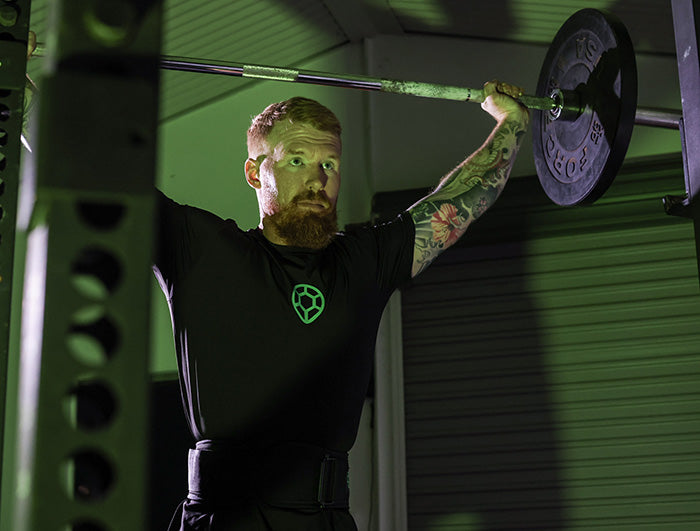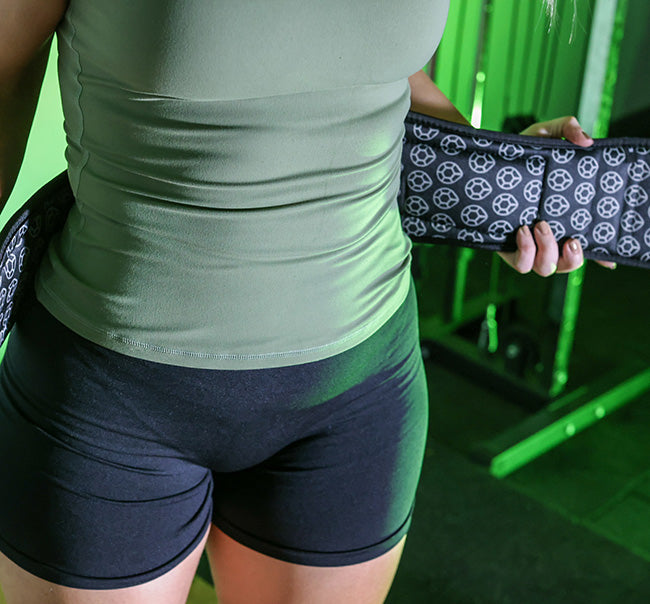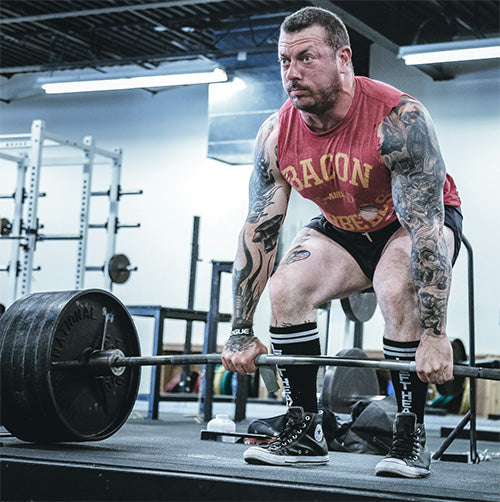Can you use straps in powerlifting competitions?
IN THIS ARTICLE:
WHAT ARE LIFTING STRAPS?
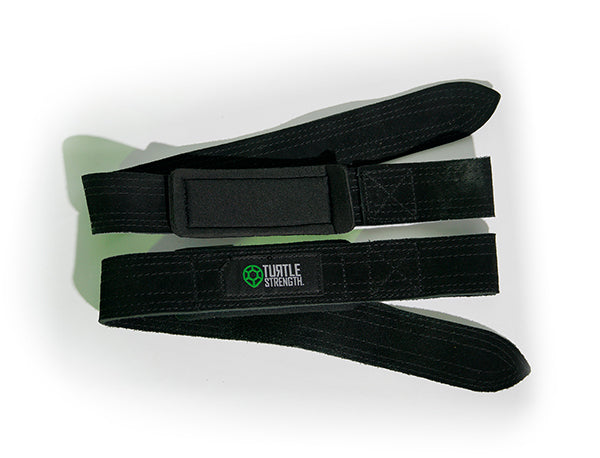
4
BENEFITS OF USING LIFTING STRAPS
01. LIFT MORE & TRAIN HARDER.
02. IMPROVED GRIP & SLIP
03. IMPROVE MIND-MUSCLE CONNECTION.
04. REDUCE GRIP FATIGUE
WHEN SHOULD YOU USE LIFTING STRAPS?
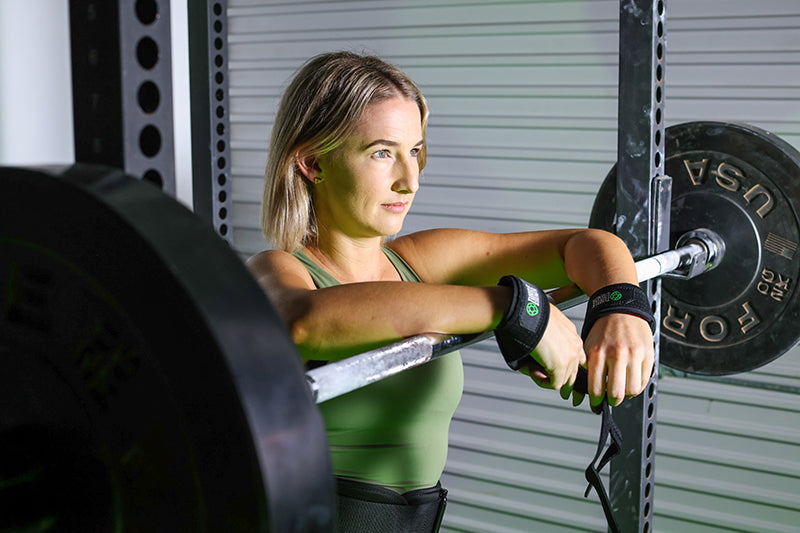
01. PUT THE TAIL THROUGH THE LOOP.
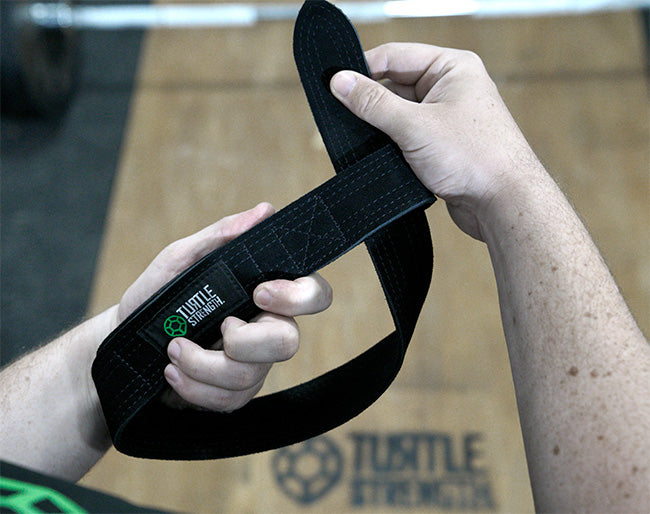
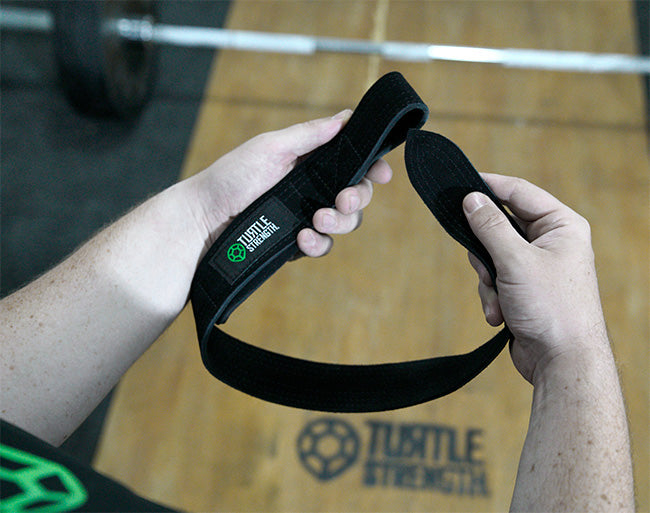
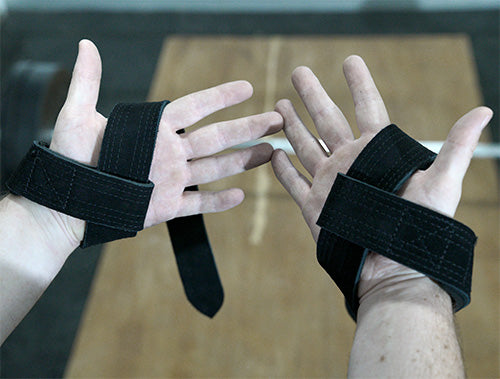
02. LAY THE UNDERSIDE OF THE TAIL BETWEEN YOUR THUMB & INDEX FINGERS.
03. WRAP THE TAIL AROUND THE BARBELL.
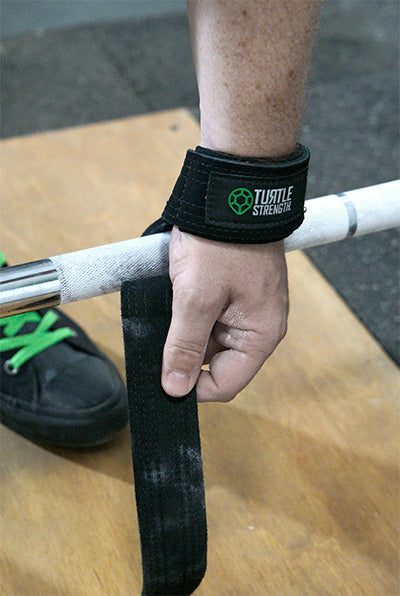
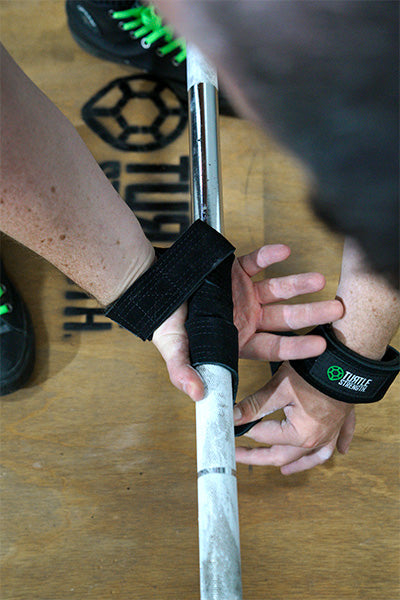
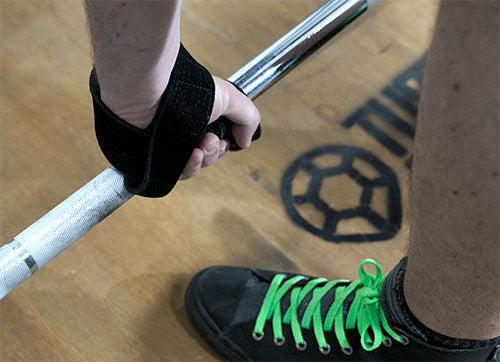
04. WRAP AGAIN. KEEP IT TIGHT & DO THE OTHER HAND.
05. TWIST, GRIP & LIFT.

WHAT EXERCISES SHOULD USE LIFTING STRAPS?
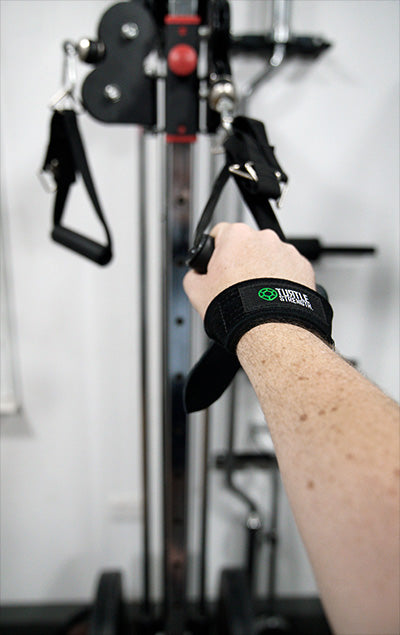
How do lifting straps compare to lifting grips, figure 8 straps and other alternatives?
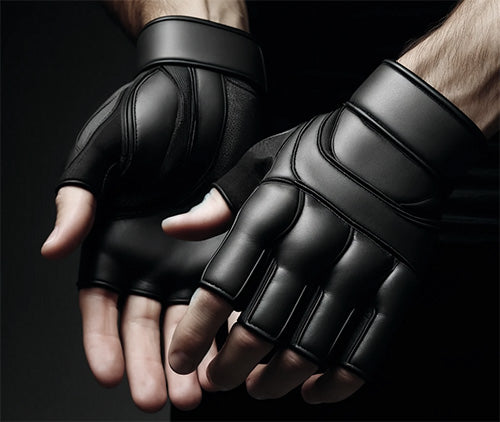
WEIGHT LIFTING GLOVES.
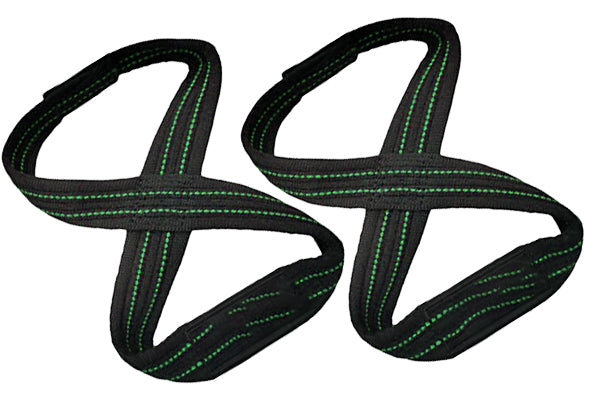
FIGURE 8 STRAPS (DOUBLE LOOP).
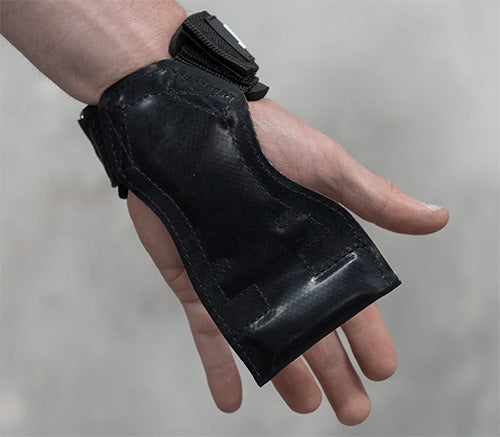
LIFTING GRIPS.
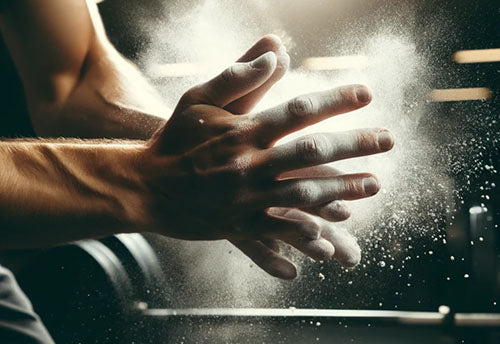
CHALK ONLY.
What is the difference between wrist wraps & lifting straps?
What is the best type of lifting strap?
Is using lifting straps cheating?
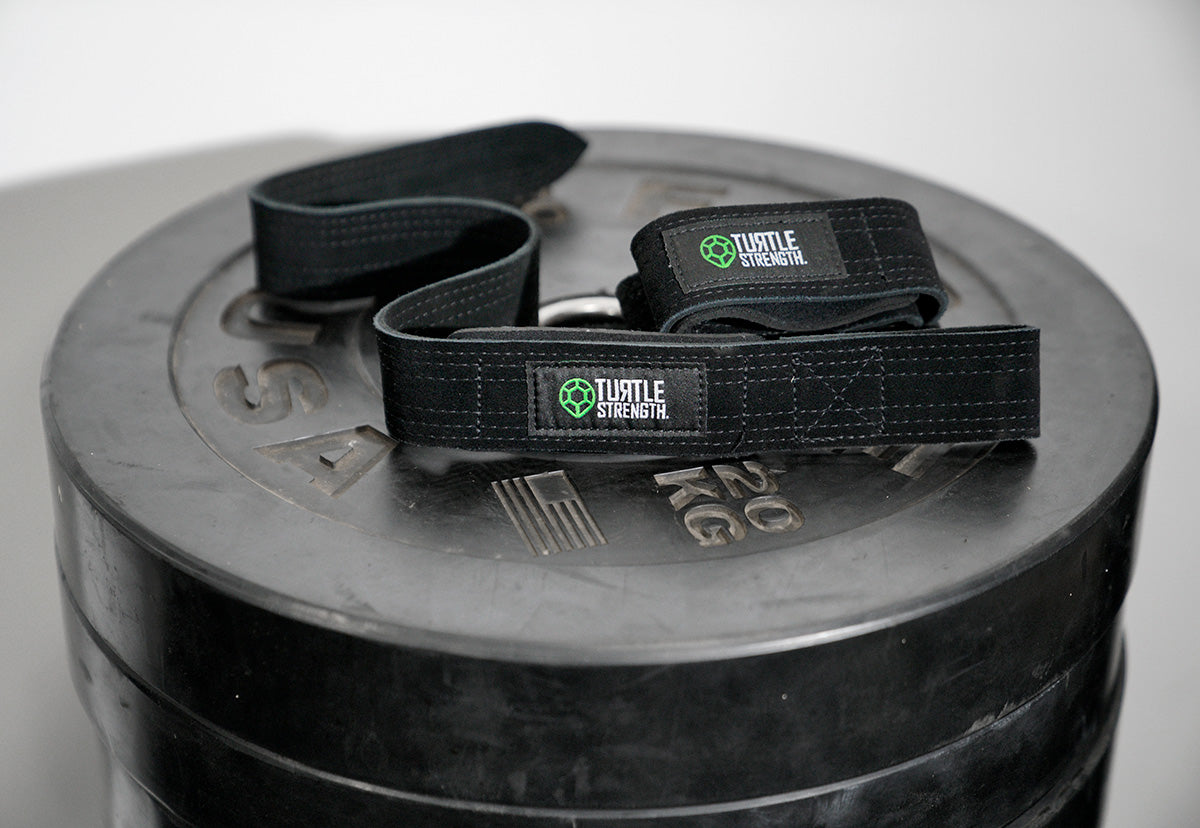
LEATHER LIFTING STRAPS.
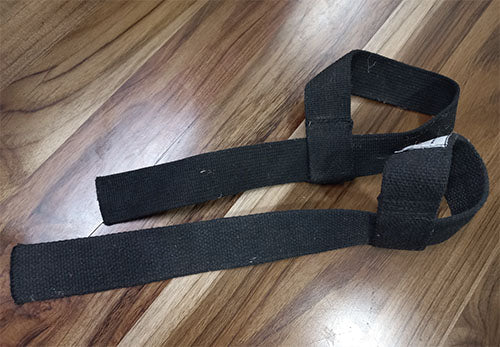
NYLON LIFTING STRAPS.
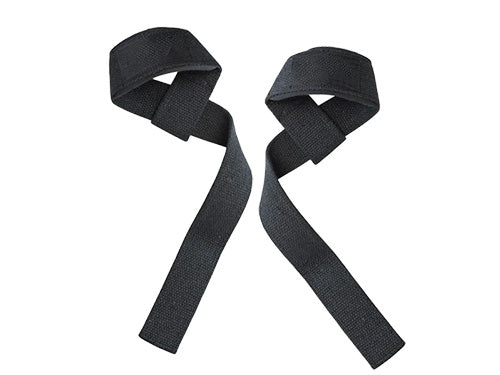
COTTON LIFTING STRAPS.
Title
CONTENT AUTHOR:



